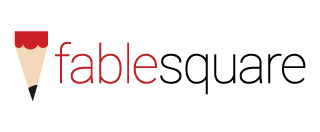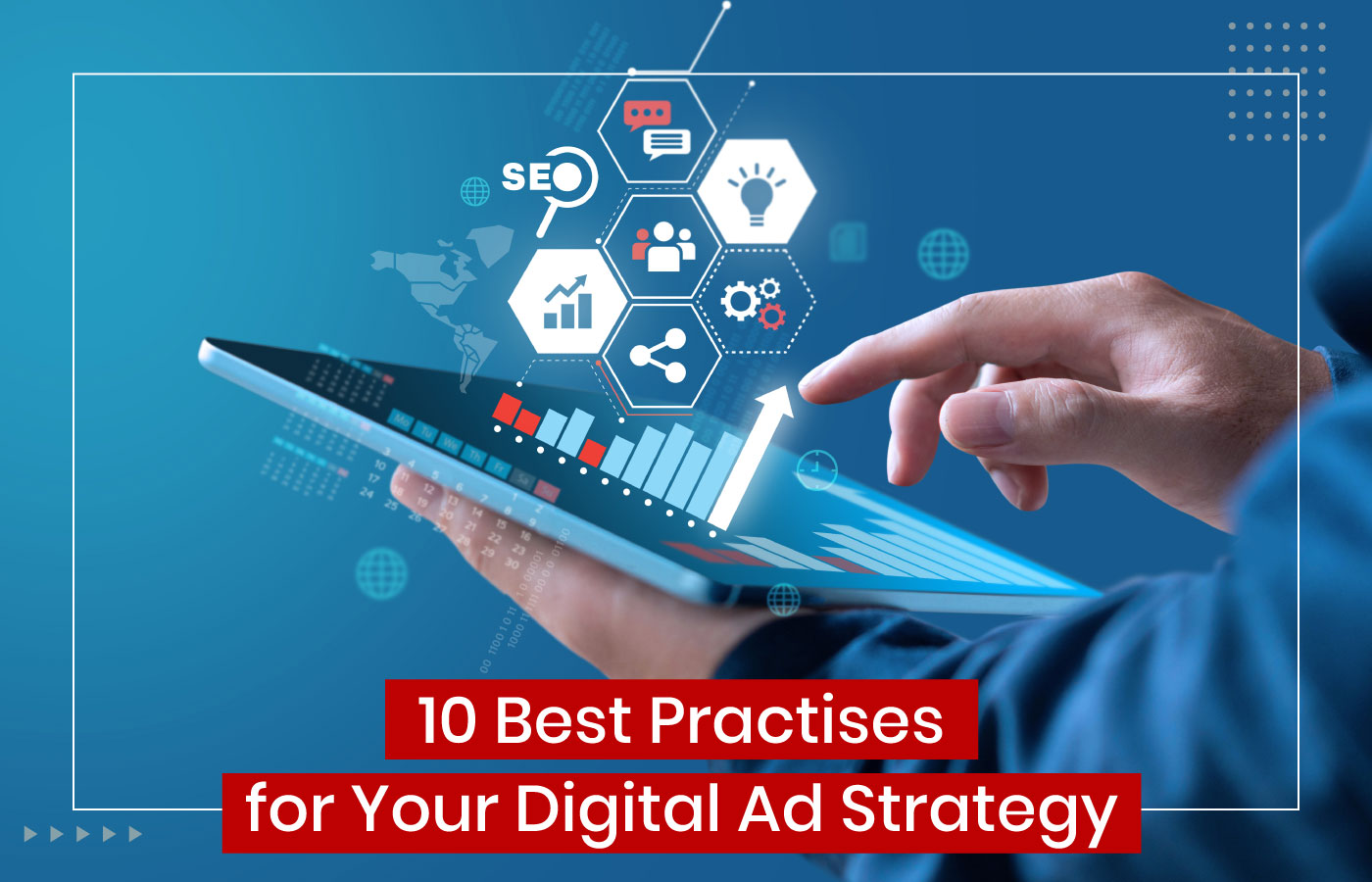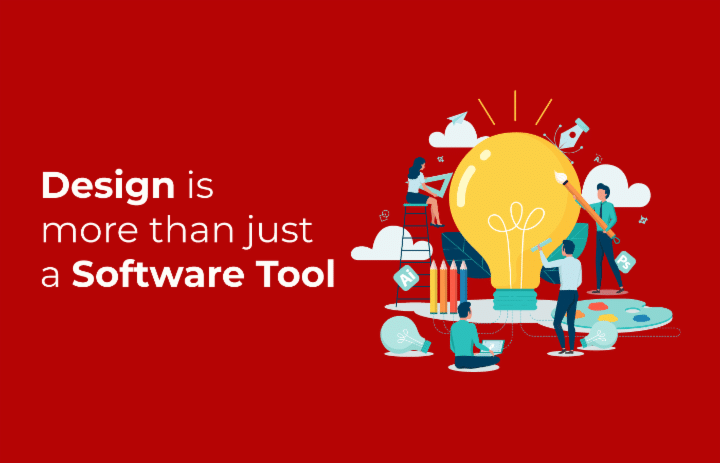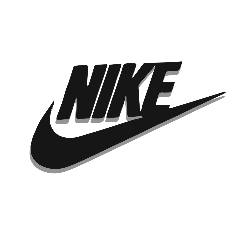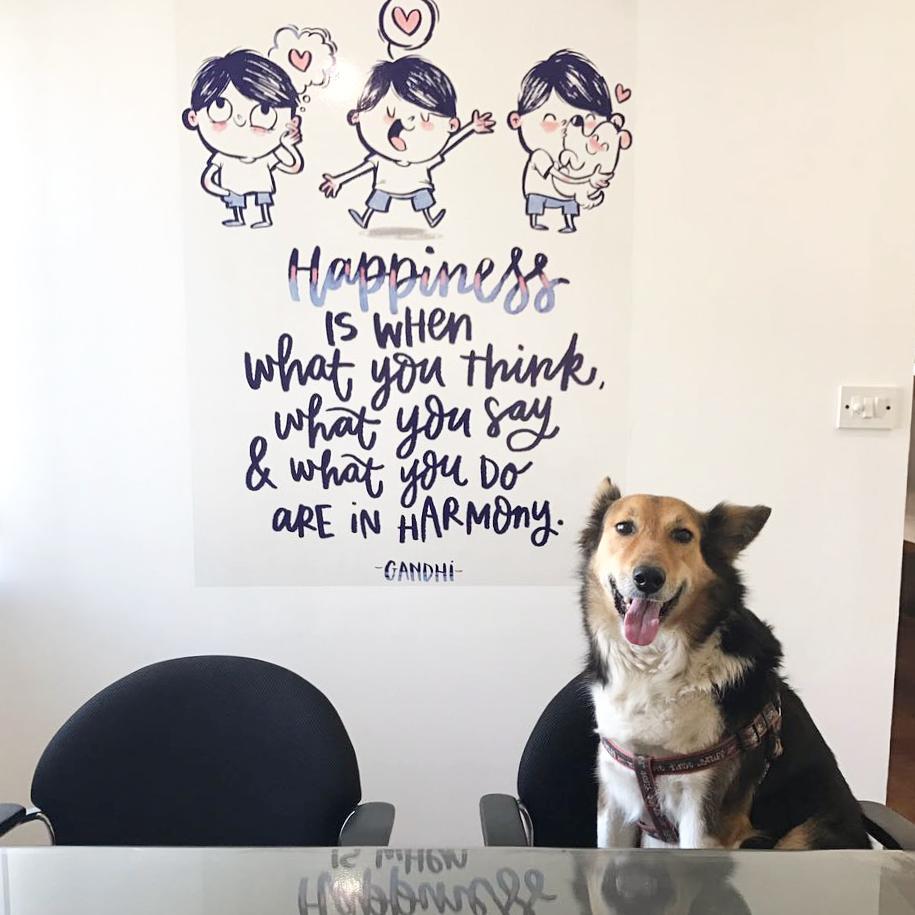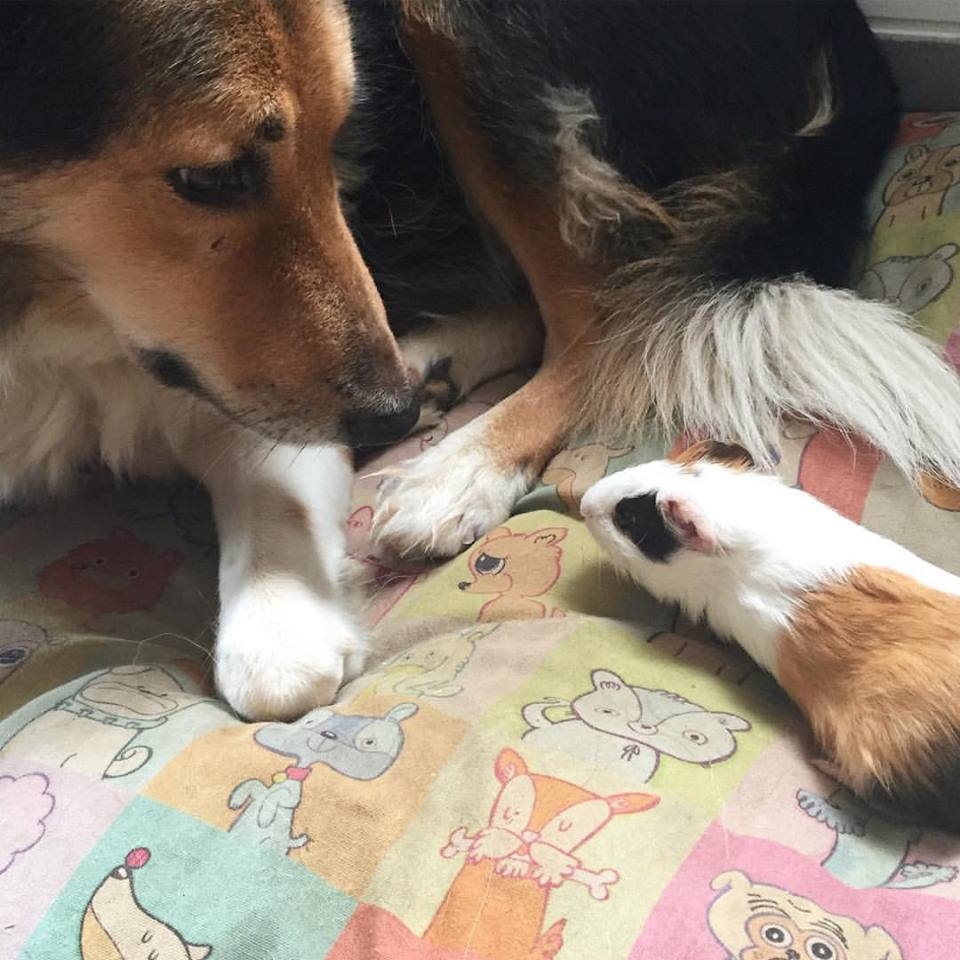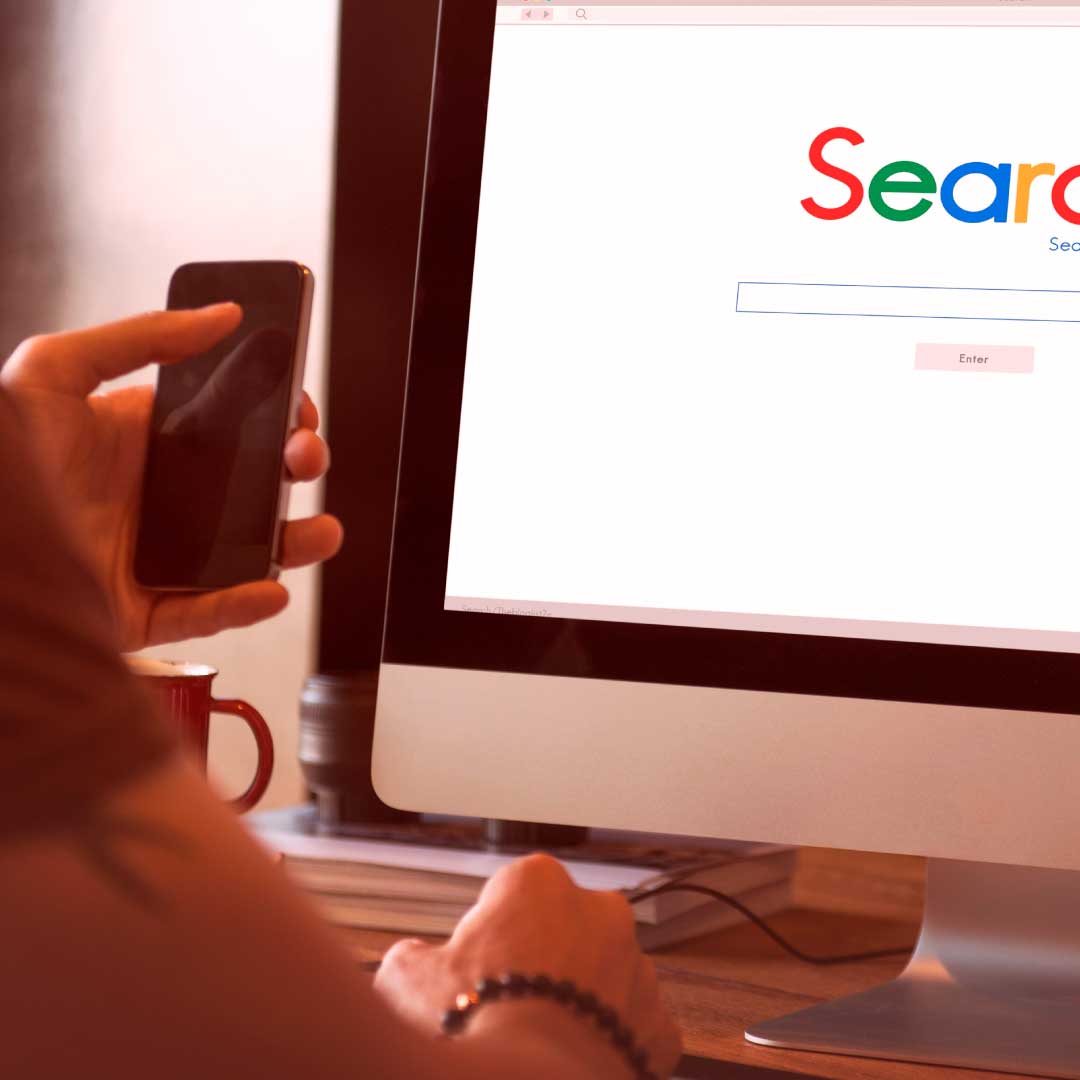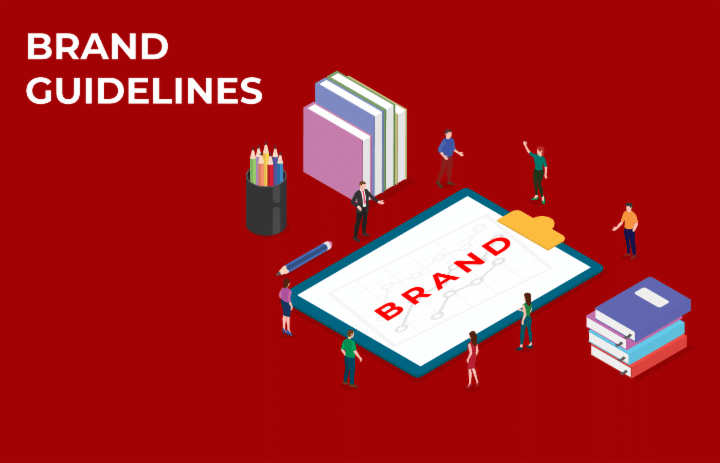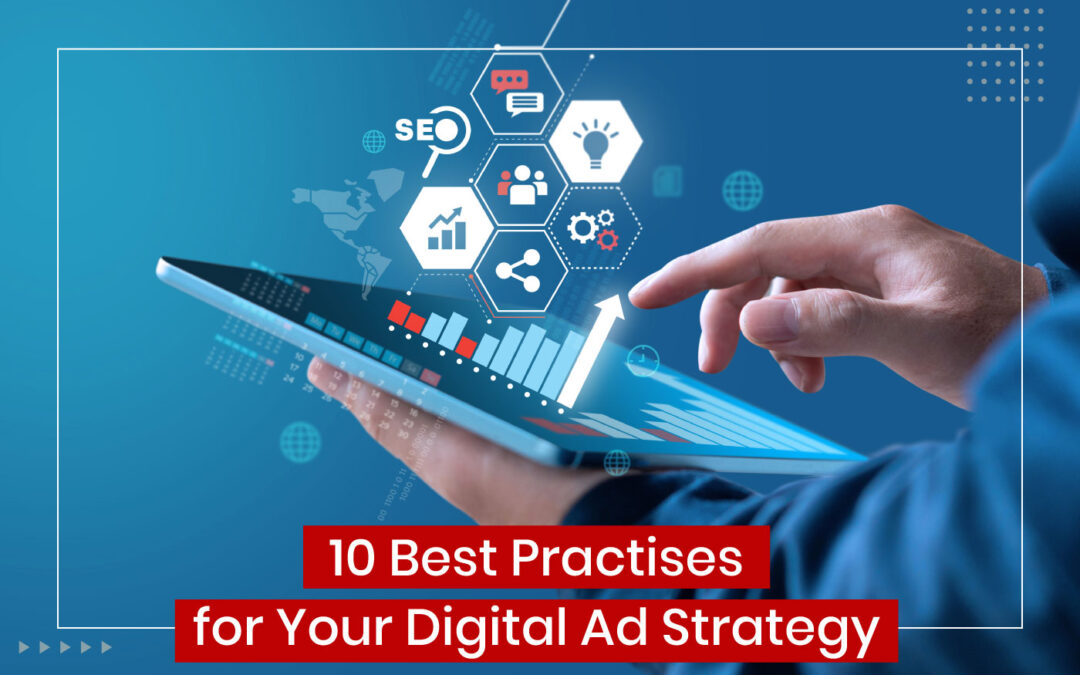
10 Best Practises for Your Digital Ad Strategy
As a marketer, you know that developing a robust digital ad strategy is essential to reaching your target audience. But with so many options and potential pitfalls, it can take time to figure out where to start. Never fear! We’ve compiled a list of the ten best practices for your digital ad strategy, so you can make sure your campaigns are as effective as possible.
Here are the top 10 practices for your digital ad strategy:
1. Define Your Target Audience
Understand your ideal customer and tailor your digital ad strategy to reach them effectively.
Establishing your target audience is essential in launching an effective digital ad strategy. Knowing your ideal customer, understanding their needs, and researching their digital habits will lead to designing the right digital ad strategy to drive conversions. To reach potential customers more effectively, start by analyzing the demographics and psychographics of your target audience. Identify their digital touch points and preferred channels to interact with digital advertising. From there, you can create a digital ad strategy tailored to them that speaks directly to their needs and preferences. Strategizing a digital ad campaign around your well-defined target audience gives you a better chance of reaching the people who align with your brand’s mission.

2. Set Clear Goals
Identify the specific objectives you want to achieve with your digital ad campaign and use them to guide your strategy.
Setting clear marketing objectives is essential to any successful digital ad campaign. Without well-defined goals, it can be challenging to create an effective strategy and measure the results of your efforts. By clearly identifying the objectives you want to achieve, you can ensure that your campaign is focused and targeted, making it more likely to be successful.
3. Use Data to Make Informed Decisions
Collect and analyze your target audience and campaign performance data to make informed decisions and optimize your strategy.
Data-driven decisions are essential in any successful marketing campaign. When collecting data, look at the target audience and performance metrics to create a positive outcome. Understanding your target audience can help you customize messaging, discover new outreach methods, and build connections with potential customers. On the performance side, track analytics such as cost per click and clicks to conversion ratios – this way, you can evaluate successes and make improvements. Businesses can develop marketing strategies that yield optimal results by taking an analytical approach to campaigns and making data-driven decisions.

4. Test and Optimize
Continuously test different elements of your digital ad campaign, such as ad copy and targeting, to see what works and what doesn’t.
Continuous optimization of your digital ad campaigns is essential for successful advertising. This process involves testing different elements such as ad copy, targeting, and other variables to assess what works and what doesn’t. By closely following the results of each test and optimizing appropriately, you can refine the effectiveness of your campaign over time and adjust based on specific market needs or trends. Using this tactic in your advertising approach will help ensure you get the most out of your investments while reaching the right consumers and fostering brand loyalty.
5. Leverage Multiple Channels
Use a mix of digital channels to reach your target audience, including social media, search engine advertising, and display advertising.
An effective digital marketing plan should leverage multiple channels to reach customers. The most popular channels include social media, search engine advertising, and display advertising. Each channel offers advantages in getting your message out there and connecting with potential customers. Social media is free, invaluable for customer engagement and brand awareness, and allows you to interact directly with customers in real-time. Search engine advertising can help drive targeted traffic by placing ads with relevant search terms and keywords the customer might use when looking for a product or service like yours. Display advertising involves showing ads on relevant websites likely to be visited by those who fit your demographic criteria. Successful digital marketing plans should combine all three channels to create an effective strategy for reaching their target audience.
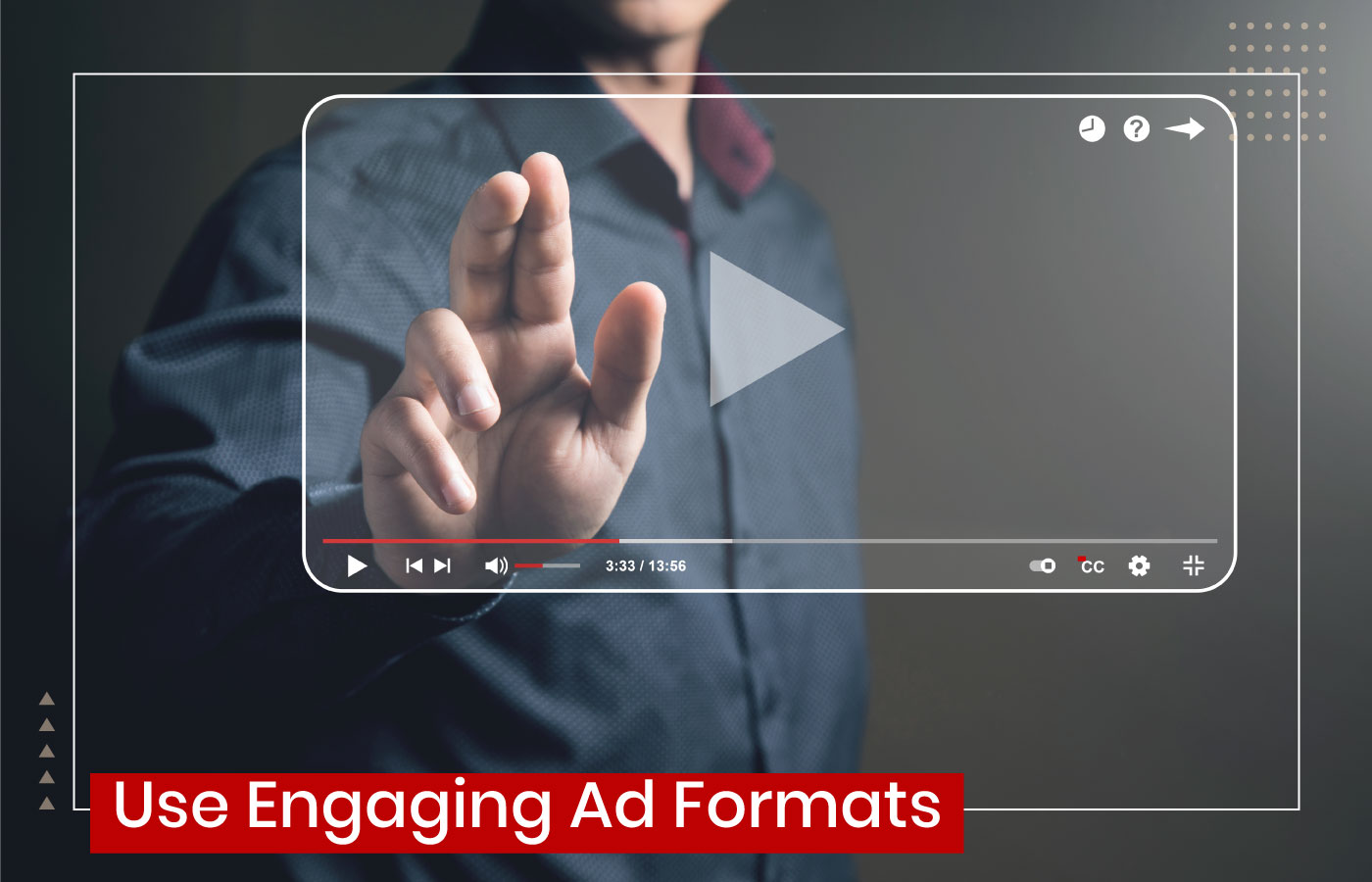
6. Use Engaging Ad Formats
Use ad formats that are attention-grabbing and relevant to your target audience, such as video ads or interactive ads.
Creating engaging and targeted advertisements is a great way to get your content noticed amidst the online noise. You can use various types of ads, such as video and interactive ads, that captivate potential customers and increase brand visibility. Since each ad format has its unique approach and purpose, picking the right one for your advertising campaign largely depends on the content you’re promoting and its intended audience. Researching what type of advertisement works best for your business or cause will ensure your message reaches its target audience effectively.
7.Create Compelling Ad Copy
Use persuasive language and calls to action in your ad copy to drive engagement and conversions.
Crafting ad copy that resonates with your target audience can be a powerful tool to drive conversions. Writing in a persuasive language that includes calls to action is essential to create your most compelling copy. This will help make it easier for the reader to take the next step and convert. Don’t forget to link this message back to what you are selling by highlighting features or offers that could be particularly attractive and beneficial for the reader. With persuasive yet straightforward language, you can gain more active customer response and draw attention to your product or service.
8. Use Retargeting
Use retargeting to reach people who have engaged with your ads or website in the past, to increase the chances of converting them into customers.
Retargeting is an invaluable tool for the success of your marketing campaigns. It allows you to connect with potential customers who have already taken action, such as visiting a website or engaging with an advertisement. By specifically targeting these individuals, you are more likely to convert them into loyal customers. Retargeting enables marketers to reach individuals at different sales funnel stages by displaying customized messages that draw attention and encourage purchase decisions. With retargeting, you can take your campaigns to the next level and ensure that you reach the people most interested in what you have to offer.
9. Measure and Report
Use analytics tools to track the performance of your digital ad campaigns and report on your progress regularly.
Measuring and reporting on the performance of a digital ad campaign is a critical step in ensuring its success. It offers insight into whether the goals are being met or need modification. Various analytics tools can be used to track an ad campaign’s effectiveness, such as monitoring click-through rates, impressions, and return on investments. Reporting regularly on the campaign metrics will help ensure adjustments can be made quickly to keep it fruitful and profitable. Monitoring the performance of a digital ad campaign with metrics will provide a better understanding of what strategies are working and where resources should be allocated.
10. Keep Up With the Latest Trends and Technologies
Stay up-to-date with the latest trends and technologies in digital advertising to stay ahead of the competition.
In the world of digital marketing, it’s vital to stay one step ahead of the competition. Staying current on trends and technology is essential to take advantage of breakthroughs and opportunities in the field. Keeping yourself informed on the most recent discoveries will give you a leg up when adapting your approach to best suit new developments. With ever-evolving practices, techniques, and tools, dedicating some time to staying knowledgeable on what’s out there can pay off in spades. Investing in your professional education will allow you to better understand and apply the advances strategically, giving your business a much-needed boost.
By following these best practices, you can ensure your digital ad strategy is as effective as possible. Remember these considerations as you develop your campaigns, and you’ll be well on your way to meeting your marketing goals.
